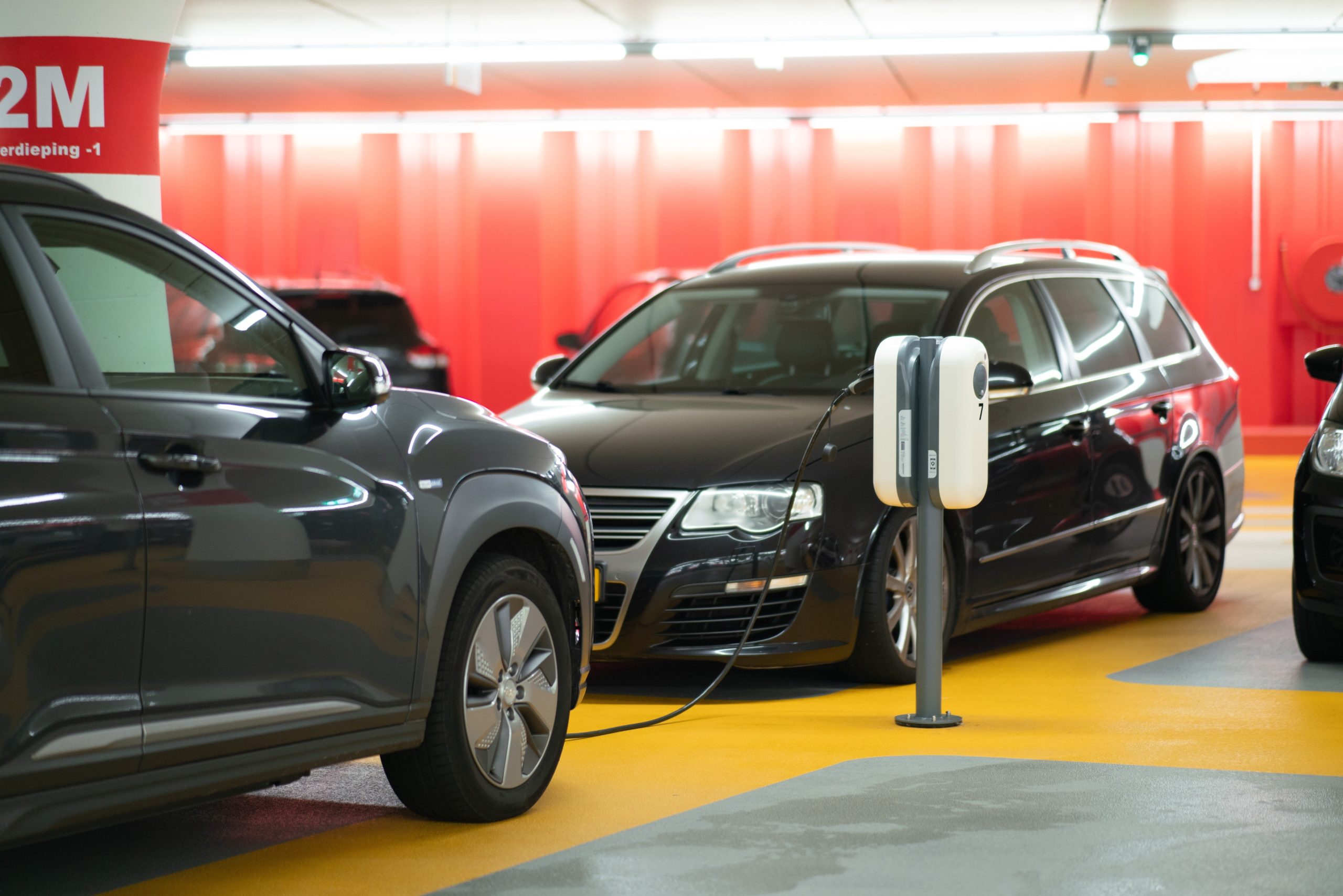Globally, the adoption of Electric Vehicles (EVs) is rising fast. The Bloomberg Electric Vehicle Outlook predicts EV sales will account for 10% of all private transportation sales in 2023, more than doubling last year’s figures. The transportation industry is at a critical tipping point, but so are the industries that supply it, namely resources and mining. We can predict the metals that will explode in demand as the EV market increases both globally and in Australia (where we have a slower uptake than other developed countries), with a 100% saturation of EVs meaning that demand for the key metals such as copper and nickel is likely to be materially higher than it is now.
For the Australian resource sector, the opportunities associated with an increased uptake of EVs, and the general electrification trend globally, are extraordinary. We have some of the best global reserves of the metals required to supply the global electrification movement. Battery-powered EVs require lithium as the base element, with the battery chemistry supported by cobalt, nickel and copper predominantly. Last year, Australia supplied almost 50% of the world’s lithium ore alone and 75% of global manufacturer Tesla’s lithium.
Global companies are invested in Australian resources. However, we’re potentially missing out on a substantial financial windfall by not maximising the value of the resources needed for the EV transition. Namely, we don’t currently process the majority of these ores into refined product onshore. To do so would dramatically increase our financial returns, as well as giving the global EV industry comfort through the security of supply from a non-Chinese source for what are rapidly becoming more critical metals.
The CSIRO’s Mineral Resource Director John Law had this to say:
“Rather than just extracting the minerals and shipping them away to be refined and turned into products, Australia has a real opportunity to operate all the way along the energy value chain, from extraction to processing, separating, refining and manufacturing high value materials and products…Connecting our mining and manufacturing sectors can create an investment ecosystem that supports domestic supply chains and resource circularity for our critical minerals.”
Electric vehicles, not just privately owned, will continue to be at the forefront of industry initiative and government policy, with the electrification of transportation integral to the global ability to meet the Paris climate accords. Uptake will be unprecedented. We see the following as key actions for the resource sector:
- Allocate more capital to battery minerals, and less conservatively
- Reserves are concentrated – Australia, Argentina and Chile hold of 50% of the world’s lithium – we need to capitalise on this position by building out the local energy value chain
- Lessen project lead times
- Secure future supply with strong manufacturing partnerships
- The commodities market for these metals is not mature enough to keep prices steady. Companies must be nimble in the ways they secure the certainty of capital investment.
